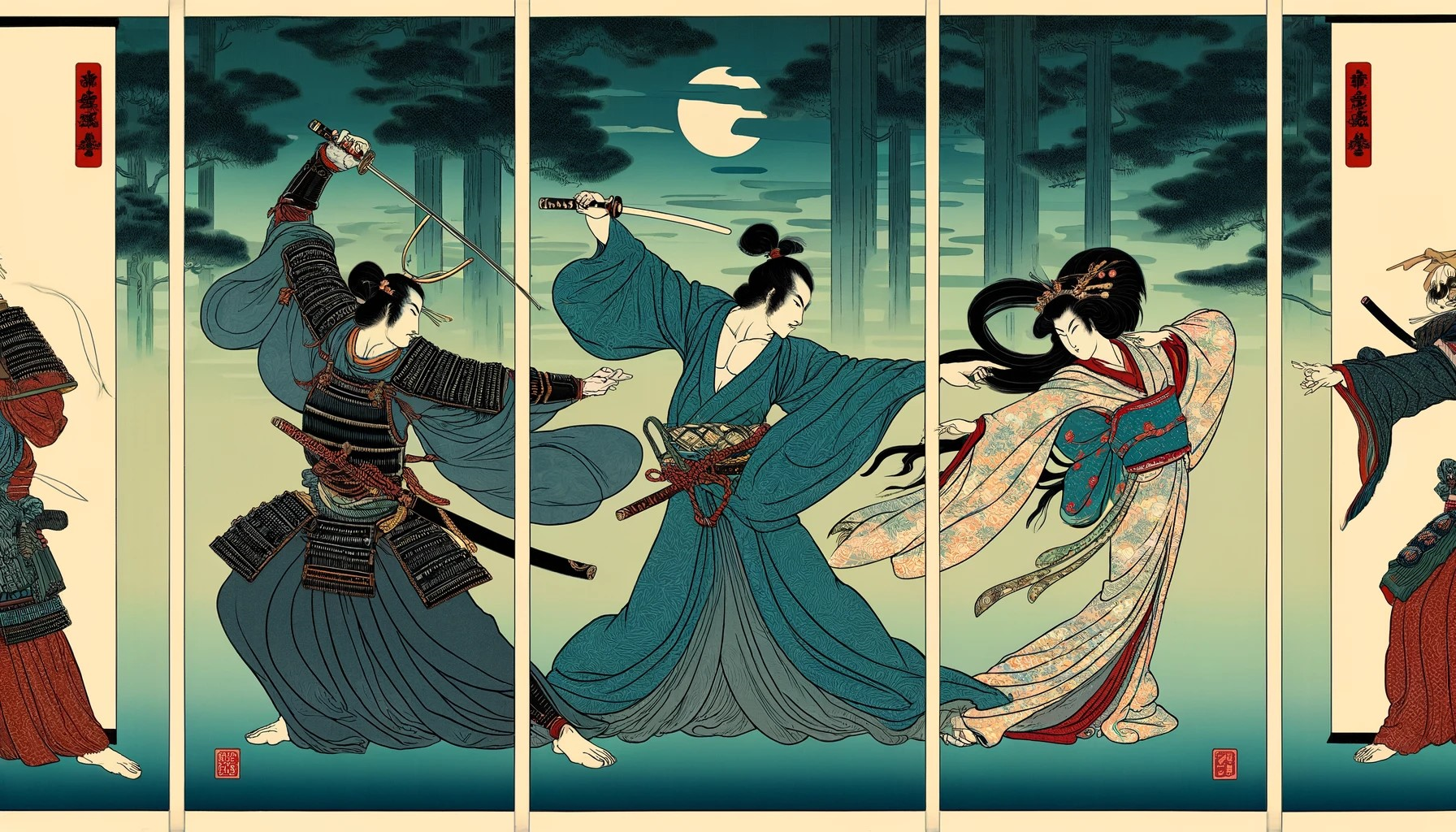Utagawa Kunimaro
Utagawa Kunimaro (国麿), also known by several pseudonyms such as Fusahiro (房廣),
Ichienzai (一円斎), Matsuchōrō (松蝶楼), Kirakusai (喜楽斎), and Maromaru (麿丸), was active primarily
between the end of the Edo period and the first decade of the Meiji period (1850 ~ 1875).
Born as Kikutaro Kikugoshi (菊越 菊太郎), he began his artistic career as a disciple of Utagawa Sadafusa (歌川 貞房),
then continued under the mentorship of Utagawa Kunisada and the fourth generation of Utagawa Toyokuni.
Kunimaro is particularly remembered for his print series "Famous Places of the Tōto Canal" (東都堀名所), where he signs
as Fusahiro aratame Kunimaro ga (房廣改國麿画). His works range from book illustrations to sugoroku prints, reflecting
the influence of his teachers and documenting Japan's cultural transition towards modernity.
He was also known for his many pseudonyms and changed his artistic name from Fusahiro to Kunimaro during his career, a
common practice among ukiyo-e artists to mark significant phases in their artistic journey. His poetic pseudonym was Kikuō (菊翁).
Towards the end of his life, it was speculated that he was the same person as Matsuchōrō Kansai (松蝶楼関斎), another artist active
during the Kaei period. His artistic output spans from the late Tenpō era to the early years of the Meiji era, leaving a lasting
imprint on the history of Japanese art.

Abe no Sadatō


